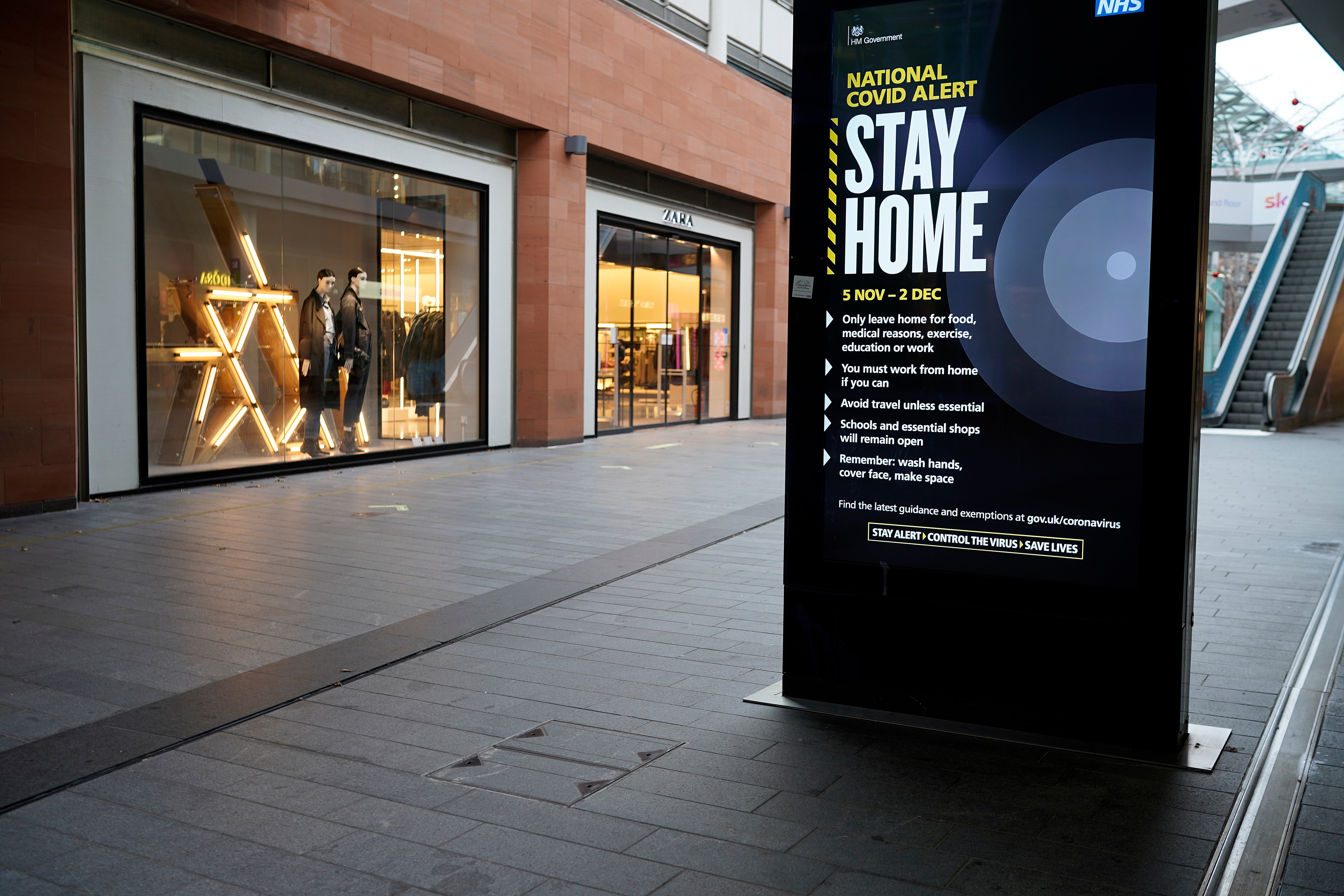When does the furlough scheme end, who is eligible and what support is available?
Coronavirus Job Retention Scheme will now run until 30 September

Your support helps us to tell the story
From reproductive rights to climate change to Big Tech, The Independent is on the ground when the story is developing. Whether it's investigating the financials of Elon Musk's pro-Trump PAC or producing our latest documentary, 'The A Word', which shines a light on the American women fighting for reproductive rights, we know how important it is to parse out the facts from the messaging.
At such a critical moment in US history, we need reporters on the ground. Your donation allows us to keep sending journalists to speak to both sides of the story.
The Independent is trusted by Americans across the entire political spectrum. And unlike many other quality news outlets, we choose not to lock Americans out of our reporting and analysis with paywalls. We believe quality journalism should be available to everyone, paid for by those who can afford it.
Your support makes all the difference.The government has extended the furlough scheme until the end of September, but a leading member of Boris Johnson’s cabinet has insisted the government is “open minded” about extendin it further.
So what financial help is now available under the furlough scheme and who is eligible to claim?
Could furlough be extended?
Michael Gove has indicated that the government is “open minded” about extending the scheme.
Scotland’s first minister, Nicola Sturgeon, will use a four-nations summit with Mr Johnson on Thursday to push for the job retention scheme to continue beyond its current September expiry date.
When asked about the possibility of it being extended, Mr Gove said: "We are open minded, yes."
Speaking ahead of the four-nations summit on tackling Covid, the Cabinet Office minister said the initiative, which sees the taxpayer pay cash towards workers' wages, had been a "huge success" that was only possible "thanks to the broad shoulders of the UK Treasury".
He insisted higher spending as a response to the coronavirus pandemic would continue, as the country as a whole seeks to "build back better".
The Scottish government has voiced concerns about a possible return to austerity from the Conservatives at Westminster, but Mr Gove told BBC Radio Scotland's Good Morning Scotland programme: "We'll be spending more.
"We'll be spending more on the NHS, we will be spending more on education, we will be spending more on criminal justice, because in all of these areas it is absolutely vital that we build back better.
"Extra funding for everyone will continue, and it is important we all learn from each other about how that money should be spent."
What support is available under the furlough scheme?
The government will pay 80 per cent of each furloughed worker’s wages for the hours that they do not work, up to a maximum of £2,500 per month. Workers can be brought back part time, as they could between August and October.
From now until the end of September, employers will only have to pay for the hours worked, plus national insurance and pension contributions.
When does the furlough scheme end?
On the 30 September. The government had said it would end on 31 October before announcing it would be extended until 2 December and then 31 March. Now it has been extended again and could go on for longer.
Which businesses are eligible to claim under the furlough scheme?
Employers across the UK can claim, whether their businesses are open or closed. Employers do not need to have used the furlough scheme before.
The government expects that publicly funded organisations will not use the scheme but partially publicly funded organisations may be eligible where their private revenues have been disrupted.
HMRC will publish details of employers who make claims under the extended furlough scheme, starting from December. Full details will be included in guidance which will be published on 10 November 2020. This appears to be an attempt to prevent employers abusing the scheme. The National Audit Office said fraudulent claims may have cost billions of pounds.
Which employees are eligible for furlough?
Employers can claim for employees who were employed and on their PAYE payroll on 30 October 2020. The employer must have made paid an employee via PAYE and submitted the details of the payment to HMRC between 20 March and 30 October.
This allows HMRC to check that an employee is on the payroll and what they are earning. Employees do not need to have been furloughed under the CJRS previously.
Employees can be furloughed if they are unable to work because they are shielding, caring for someone who is shielding or have to stay home to look after children because of coronavirus.
The CJRS is not intended for short-term absences due to illness, the government says.
Furloughed employees who become ill, due to coronavirus or any other cause, must be paid at least Statutory Sick Pay (SSP). It is up to employers to decide whether to move these employees onto SSP or to keep them on furlough, at their furloughed rate.
Can employees who have been made redundant be brought back and furloughed?
Yes, if they were employed and on the payroll on 23 September 2020. Similarly, employees who were on a fixed-term contracts on 23 September which have since expired can be re-employed and claimed for through the furlough.
Join our commenting forum
Join thought-provoking conversations, follow other Independent readers and see their replies
Comments